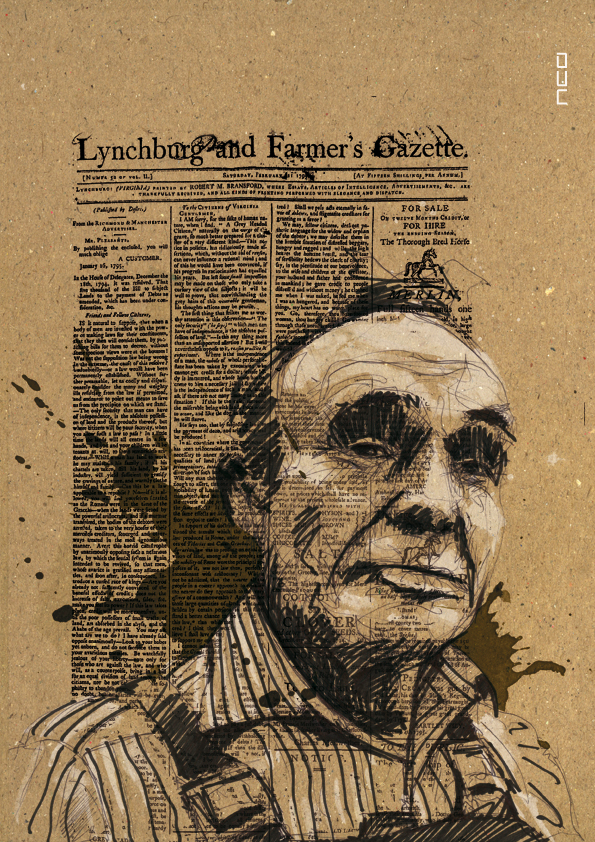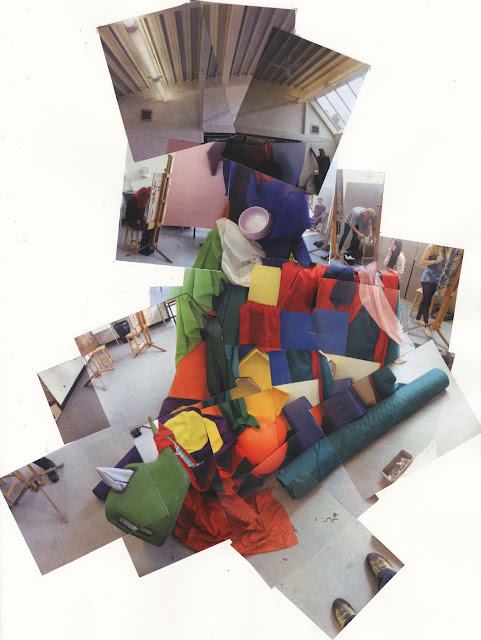We are coming to the end of the first week of the Tools Part 2, where we have been concentrating on working through a range of techniques. This weekend you should spend some time presenting and briefly annotating the work you have done so far in your sketchbooks.
A checklist of what you should have for the project so far is included below:
- Well presented research into Florian Nicolle (collages) and Jim Dine (tool drawings), thoughtfully presented over at least 4 sketchbook pages and including sensitive visual responses to each Artist.
- A series of dramatic photos of a single hand tool - print out contact sheet thumbnails of your whole shoot and include some of your best images (4-6) printed at A5 or A4.
- A well finished sustained piece of tonal drawing from your tool (full page).
- One or more good carbon print images based on your tool photos.
- Any quick sketches completed in class (not sure if both groups have done this).
- 2 Acetate collages, at least one of these should be worked into with machine stitching.
- 2 or more layered spray stencil experiments and developments from these using colour inversion on the copier.
Next week please bring £2.50 each as a contribution to materials for the project (the Spray Paints are the main specialist resource we need to fund), Thank You.
Techniques we will aim to cover next week are: monoprinting, gold card printing, heat press and PhotoShop image manipulation.









